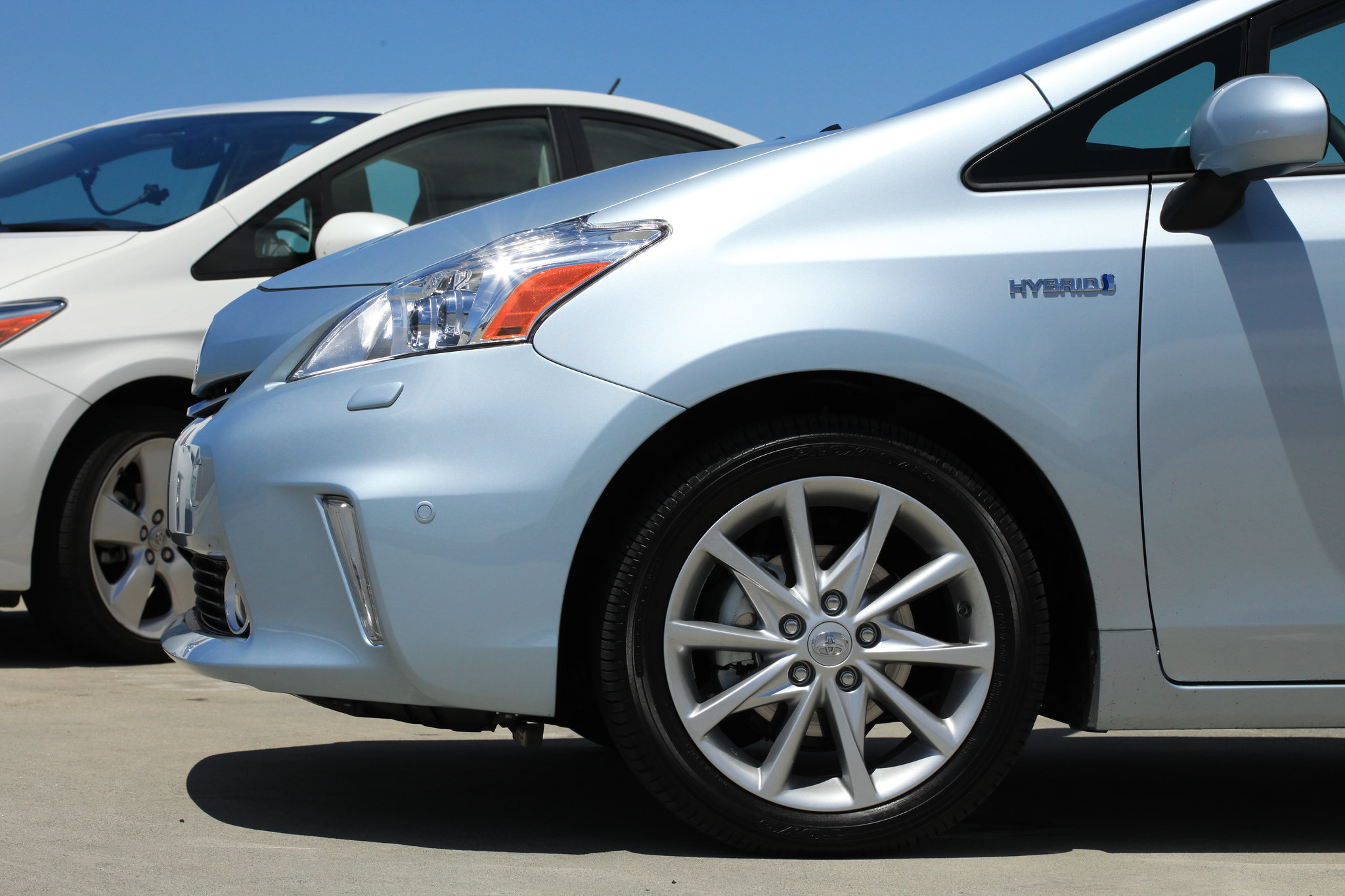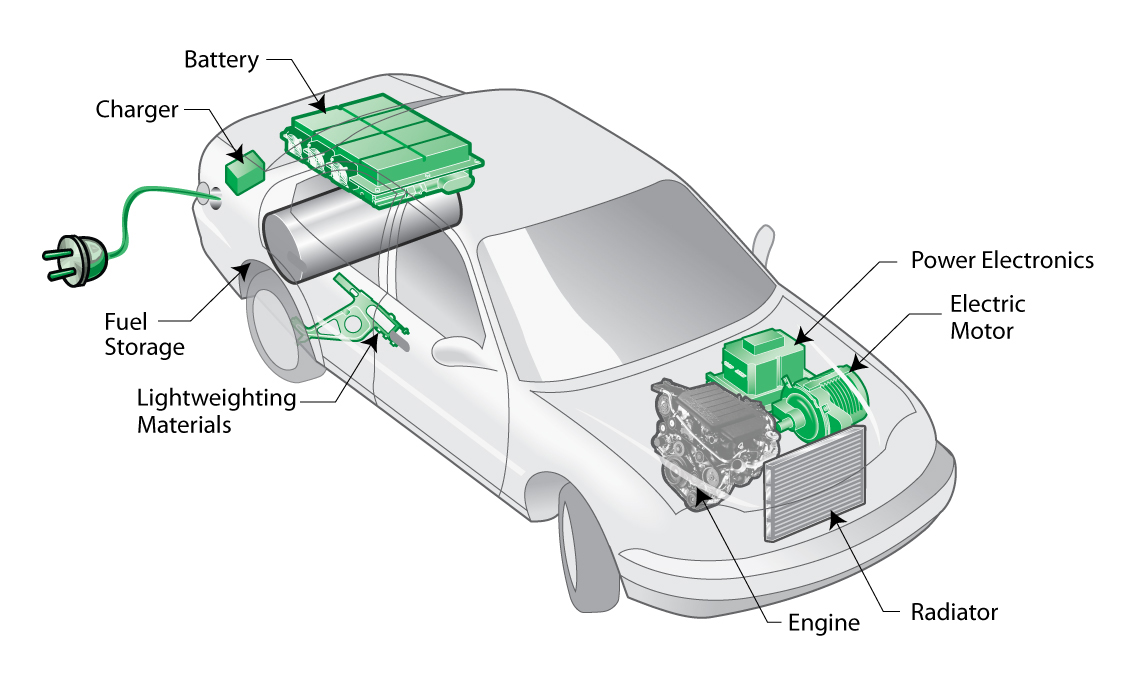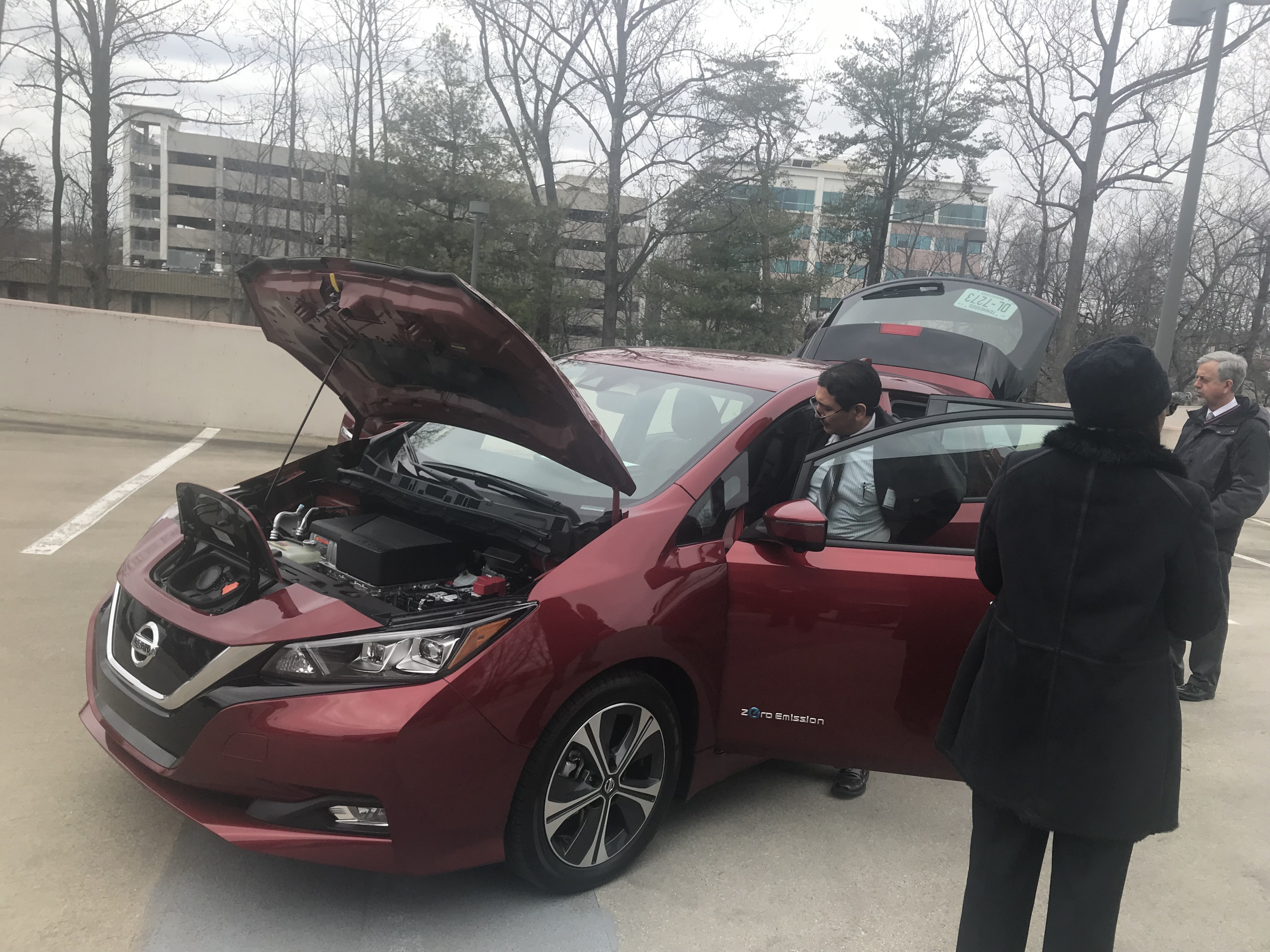
Morgan Hayward
Former Director, Destination: Zero Carbon, Environment America Research & Policy Center
Most people aren’t familiar with the tech under the hood of cleaner cars. So what is the difference between hybrid cars, plug-in hybrid cars, electric cars and hydrogen fuel cell cars?
Former Director, Destination: Zero Carbon, Environment America Research & Policy Center
In 2003, when I was in 3rd grade, my teacher talked to my class about hybrid cars and future technology. I think it was the same day we got to try astronaut ice cream, which is probably why I remember it so vividly. My teacher told us that by the time we were 16 and driving, everyone would be cruising around in hybrid cars. Of course, by 2010 when I got my learner’s permit, this wasn’t exactly the case. In fact, it isn’t even the case in 2022.

Morgan Folger in 2003
As a full-time advocate for clean cars, I now dream that in less than 15 years the majority of us will be driving electric cars. Ambitious policies like the advanced clean cars program, which limit tailpipe pollution and require automakers to sell more zero-emission cars, have spurred plenty of new technological developments since 2003, including the onset of fully electric cars. But most people aren’t familiar with the tech under the hood. So what is the difference between hybrid cars, plug-in hybrid cars, and electric cars?
First, a quick note about batteries. Most people are familiar with a typical car battery that helps run the radio and start the car. Most hybrids, plug-in hybrids, and electric cars have that battery along with a battery that helps move the vehicle.

A hybrid vehicle. Photo credit: Robert Scoble via Flickr, CC BY 2.0
Made famous by Toyota’s Prius, hybrid electric vehicles (HEVs) have both an internal combustion engine and a battery to move the vehicle forward. Hybrids are more efficient at converting energy to movement than cars relying exclusively on an internal combustion engine. They also reduce energy loss: While gas-powered cars lose energy with each pump of the brakes, HEVs reroute this energy by using regenerative braking, which stores captured energy in the vehicle’s battery. However, driving these cars will always include emitting fossil fuel pollutants as the battery does not have the capacity to operate without the combustion engine. Additionally, though you may find savings in reduced fuel costs and you may get some state incentives to purchase one of these cars, the majority of federal and state incentives are not available for HEVs.

Plug-in Hybrid Electric Vehicle (PHEV) diagram. Photo Credit: Argonne National Laboratory via Flickr, CC BY-NC-SA 2.0
Plug-in hybrids, also known as plug-in hybrid electric vehicles (PHEVs), have both an internal combustion engine and a battery. While the hybrid car’s battery and engine are connected, the plug-in hybrid’s systems operate separately. There is both a gas tank filled with gasoline at the pump, and a plug to fill the battery with electricity. PHEVs can rely on just the battery in most cases, avoiding tailpipe emissions and having many of the benefits of fully electric cars. But if your battery’s charge is low, the internal combustion engine can be turned on and the car can run on gasoline. Most PHEVs are eligible for state and federal tax incentives that can significantly reduce their relatively higher upfront costs. The amount of that tax incentive will depend on the size of the battery.

A Nissan Leaf electric car. Photo Credit: staff.
Electric cars have no engine. There is only a battery to move the car. This means that there are zero tailpipe emissions, and though electricity production still relies somewhat on fossil fuels, these vehicles have less than half of the carbon emissions compared to gas-powered cars. That amount will only continue to drop as we increase the share of renewable energy in the electricity production mix. Driving ranges depend on battery size, but new EV models can go more than 300 miles on a single charge. Since these vehicles are fully electric, they will qualify for the full amount of most state and federal tax incentives. In addition, powering a car with electricity is much less expensive than using gasoline because EVs convert energy to movement more efficiently than their fossil-fuel counterparts. As a result, consumers can save up to 60% on fuel costs when using an electric car over a combustion vehicle. Also, since EVs don’t have a motor, they have fewer parts to maintain and can provide drivers with up to 40% in savings on maintenance costs.
You may have heard of some other alternative fuels to gasoline, such as biofuels or compressed natural gas. But besides electric cars, hydrogen fuel cell cars are the only real alternatives that are zero emissions.
Unlike electric vehicles, which draw electricity directly from a charging station, hydrogen fuel cell cars produce their own electricity. These vehicles do this by pulling power from a fuel cell that combines hydrogen, stored in a tank in the car, and oxygen, taken in from ambient air. They produce no harmful tailpipe emissions — only water vapor and warm air. They have some advantages, notably their similarities to gasoline powered cars. Specifically, they can refuel in less than four minutes and have a driving range of well over 300 miles. Experts have said that this type of fuel may be essential for decarbonizing aviation and shipping that require more frequent fueling and travel longer distances. However, compared to electric cars, hydrogen fuel cell cars are much less widespread and remain significantly more expensive. They are also much less efficient at converting energy into motion when compared to battery electric vehicles.
Not all types of hydrogen are created equal. “Green hydrogen” is derived from renewable energy, but that currently only makes up 1% of the hydrogen that’s produced. Most hydrogen in the United States and Europe is currently “gray hydrogen,” which is produced by converting the potent greenhouse gas methane, into hydrogen and carbon dioxide, another greenhouse gas. A different option, coined “blue hydrogen,” is being marketed by the oil and gas industry as a cleaner version of hydrogen that still relies on fossil fuels. It starts with gray hydrogen but then captures and sequesters some of the carbon dioxide byproducts. While this may sound better, it is actually extremely energy intensive and can never zero out the carbon emissions completely.
From battery range to available incentives, there’s a lot to consider when choosing an alternative-fuel car. However, the market is increasingly dominated by plug-in hybrid and fully electric vehicles, and elected officials across the country are advocating for expanding EV incentives and building out more charging stations. EVs are the best option for reducing global warming pollution, and they’re fun to drive. If you ask me, go EV.
Former Director, Destination: Zero Carbon, Environment America Research & Policy Center
